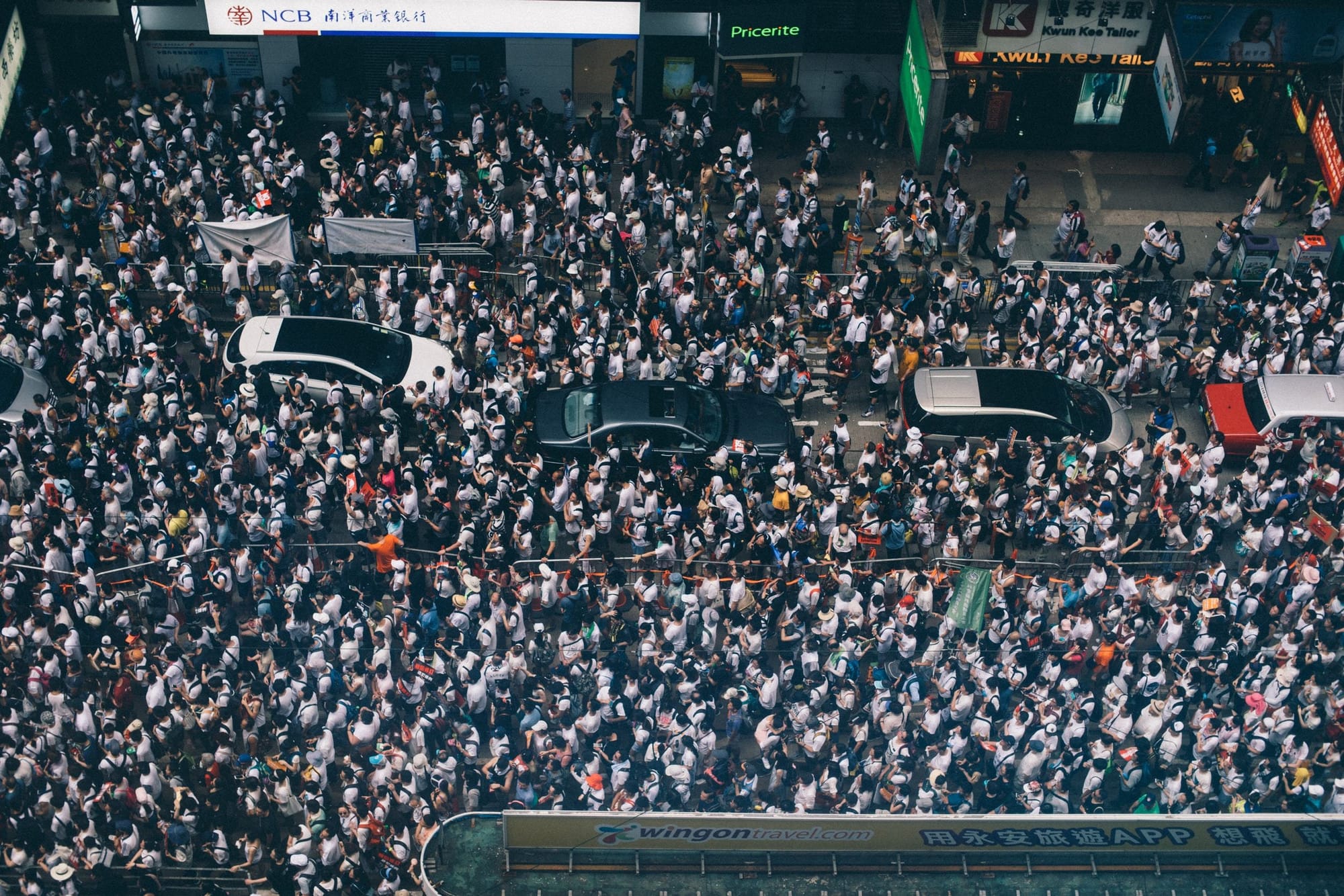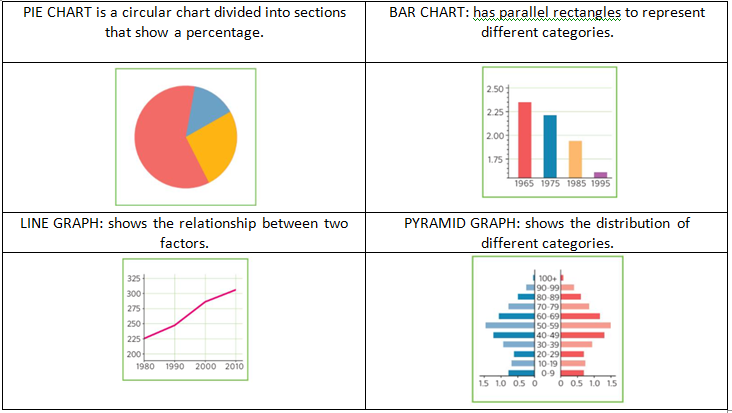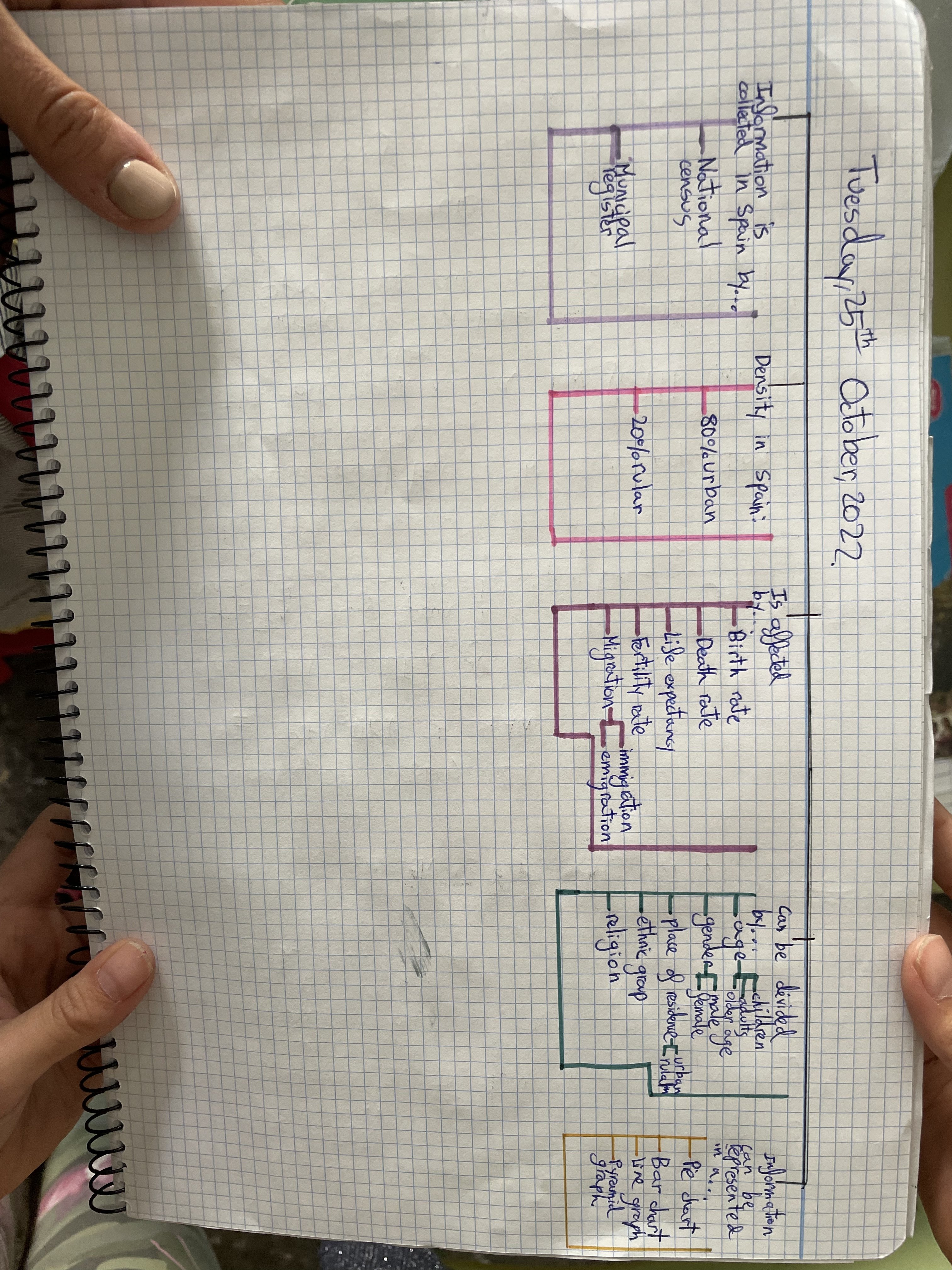Unit 1. The population

UNIT 1. POPULATION
The total population is the number of people that live in a place. To know the population we use:
- Municipal register: is an official register of the inhabitants of a town or city.
- National census: is taken every 10 years by an official institution and it counts the inhabitants of Spain.
Population density is the number of people living in each square kilometer of an area.

POPULATION CHANGES Population changes a lot due to many factors such as:
- The birth rate: is the number of babies that are born for every 1000 people. In Europe is low.
- The death rate: Is the number of people who die for every 1000 people. In Europe is low.
- The life expectancy: is the average number of years that a person is expected to life. In Europe is high.
The natural change in population is the difference between the number of births and the number of deaths. If there are more births the population increases and if there are more deaths the population decreases.
- The fertility rate: is the average number of children per woman.
- The effects of migration: is the movement of people from one country to another to work, to escape wars…
- Immigration: is when someone comes to your country for residence from another country.
- Emigration: is when someone leaves his country to live in another country.
Net migration is the difference between the total number of emigrants and the total number of immigrants. When the number of immigrants is higher there is a positive net migration and the population increases, and when the number of emigrants is higher there is a negative net migration and the population decreases. POPULATION GROUPS We can divide population according to different factors:
- By age: we can divide them in:
- Children between 0-14
- Adults from 15-64
- Older people 65 or more
- By gender: we can divide them in:
- Female
- Male
- By residence: we can divide them in:
- Urban areas: population lives in the cities.
- Rural areas: population lives in villages or the countryside.
- By ethnic group: we can divide them according to their language and culture. For example: Chinese, Indian, English, Spanish…
- By religion: we can divide them depending on their religion. It can be: Christian, Muslim, Buddhist…
HOW WE REPRESENT POPULATION We can use charts and graphs.

THE POPULATION OF SPAIN
The total population of Spain is 46.5 million people.
Population density: Spain has a low average population density. It is 92 inhabitants per km2.
Population density is higher in big cities and coastal areas, and it is lower in rural areas.
The urban population is the 80% of the population and 20% is rural population.
Fertility rate: Spain has a low fertility rate. The fertility rate is 1.3 children per woman. The average life expectance in Spain is 85.9 years. In Spain there are more females (51%) than males(49%). And there are more older people that young people, that means that there are more retired people than people working and this will cause problems. And also, there is a positive net migration, the immigrants make an 11% of the population.
THE POPULATION OF EUROPE
The total population of Europe is 738 million people. It is about 10% of the population of the world.
Population density: It is 117 inhabitants per km2. The urban population is the 75% of the population.
Fertility rate: The fertility rate is 1.6 children per woman. The average life expectance in Europe is 83.3 years for women and 77.9. years for men. In Europe there are more females (52%) than males(48%).
And there are more older people that young people. It is an ageing population.

